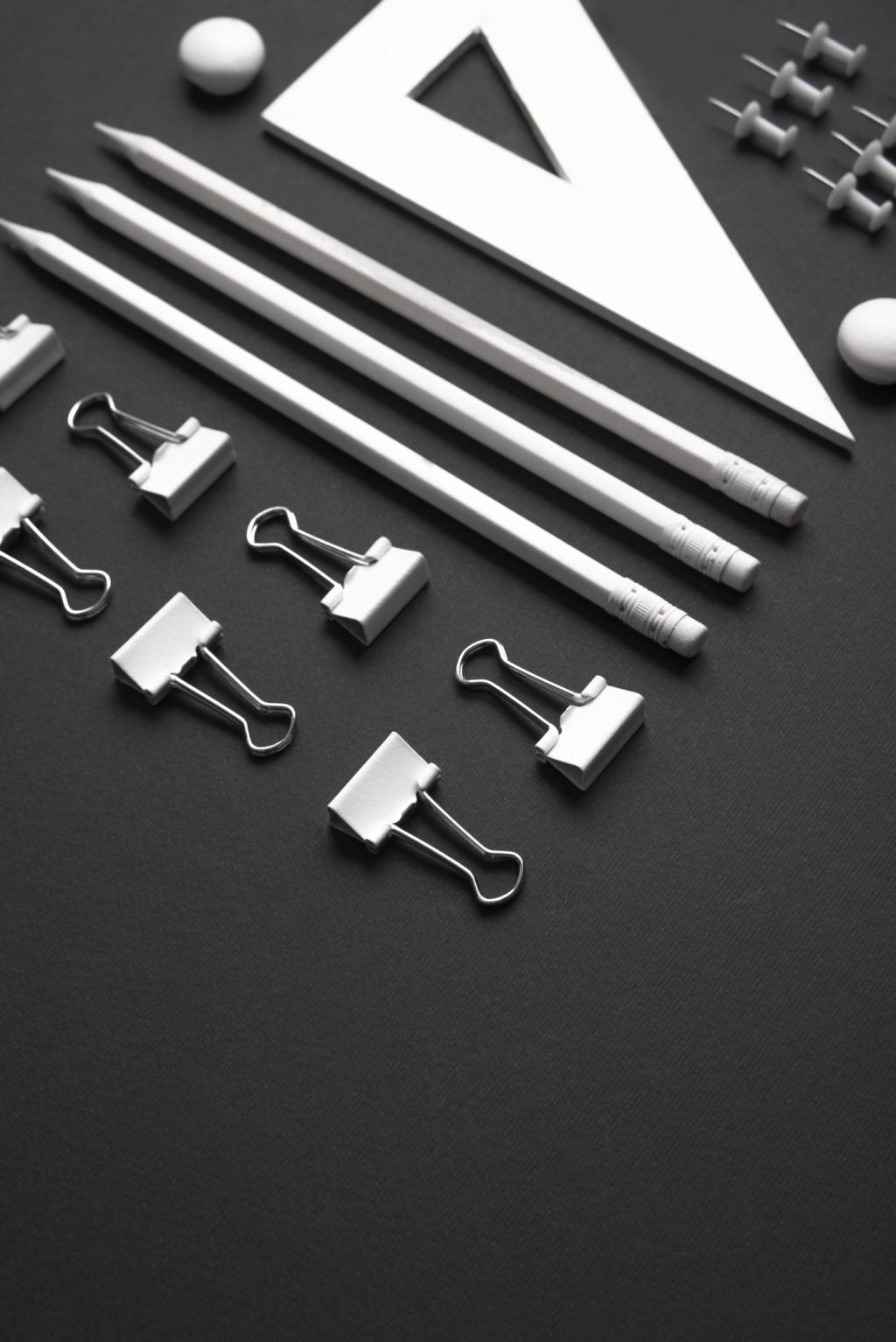Creating a Clutter-Free Home: Tips and Tricks
Transforming your living space into a clutter-free oasis not only enhances its visual appeal but also contributes to a more organized and peaceful lifestyle. Adopting practical methods and sustainable habits means you won’t just clear surfaces temporarily, but you’ll cultivate a sense of calm and cleanliness that lasts. This guide delves into effective strategies for decluttering, organizing, and maintaining a tidy home environment, empowering you to reclaim your space for relaxation, creativity, and productivity.
Previous
Next
Embracing the Decluttering Mindset
Clutter often builds up due to everyday habits, emotional attachments, and the perceived lack of time. Many people hold onto items because they fear waste, anticipate future need, or associate belongings with memories. Small routines, like leaving mail on counters or delaying tidying up, can quickly spiral into overwhelming messes. Recognizing these patterns is key to tackling clutter at its roots. By identifying the underlying causes—whether emotional, practical, or behavioral—you empower yourself to approach decluttering in a more thoughtful and effective manner, making practical, lasting decisions about what stays and what goes.
Establishing a Sorting System
A successful decluttering session begins with a clear sorting methodology. By dividing items into broad categories like ‘keep,’ ‘donate,’ ‘sell,’ or ‘discard,’ you can systematically process your belongings. This structure reduces indecision and helps prevent fatigue, as it offers a framework for making quick judgments. It’s helpful to prepare storage bins or bags in advance for each category to stay organized while you work. Adhering to your system not only speeds up the process but also ensures that you follow through on your decisions, rather than simply moving clutter from one room to another.
Strategies for Deciding What to Let Go
Deciding which items should stay or go is often the most challenging part of decluttering. A practical approach involves assessing the utility, frequency of use, and sentimental value of each belonging. Items that haven’t been used in the last year or duplicates of the same object can be prime candidates for removal. Setting boundaries—such as limiting the number of keepsakes you retain—helps guide difficult choices. It can also be helpful to temporarily box up uncertain items and revisit them after some time. This method allows for reflection and gradually eases attachment, making the decluttering process more manageable and less stressful.
Dealing with Sentimental Items
Letting go of items tied to memories requires sensitivity and deliberate thought. Many sentimental objects serve as tangible connections to loved ones or special experiences, making it difficult to part with them. One approach is to select a few cherished pieces that truly represent meaningful moments, rather than keeping everything. Capturing photos of items before donating or discarding them is another way to preserve their memory without retaining physical clutter. By honoring the significance of sentimental belongings and thoughtfully curating what you keep, you strike a balance between preserving your history and embracing a clutter-free future.
Previous slide
Next slide

Effective Organization Solutions for Every Room
Designing Functional Entryways and Hallways
The first areas you encounter upon entering your home set the tone for the entire space. Entryways and hallways commonly accumulate shoes, coats, bags, and mail, leading to chaos if not properly managed. Implementing designated storage solutions—such as hooks for keys and coats, baskets for accessories, and shelves for shoes—streamlines these transitional areas. Regular maintenance, like periodically emptying out leftover items or returning stray pieces to their correct locations, helps prevent these spaces from becoming dumping grounds and ensures an inviting first impression.
Streamlining Kitchens and Living Areas
Kitchens and living rooms are high-traffic zones that benefit from intelligent storage and easy access to daily essentials. Assessing how you use these spaces reveals which items deserve prime locations and which can be stored elsewhere or donated. Utilizing clear storage containers, drawer dividers, and labeled bins keeps cookware, pantry items, or media devices in order. Regularly purging expired food, unused gadgets, or outdated magazines maintains a sense of calm and functionality. This intentional approach encourages household members to return items to their proper places, supporting a lasting sense of order.
Creating Organized Bedrooms and Closets
Bedroom and closet organization elevates both your morning routine and your nightly wind-down. Arranging clothing by type or season, deploying adjustable shelving, and adding under-bed storage take advantage of available space while reducing visible clutter. A tidy nightstand, with only a few essentials, creates a peaceful resting place. Periodic wardrobe reviews—donating clothes you no longer wear or need—further minimize overcrowding. With well-defined systems, getting dressed and relaxing become more enjoyable, contributing to restful sleep and stress-free starts to your day.
